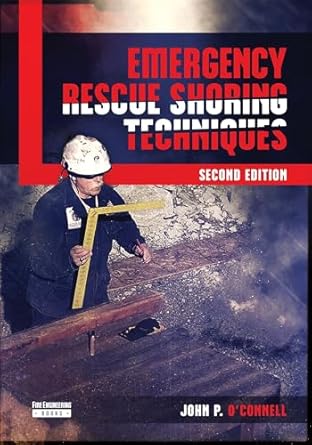Let’s face it: a dull knife in the wilderness is a serious problem. Whether you’re prepping a meal, building shelter, or dealing with an unexpected injury, a sharp blade is essential for survival. But what happens when your trusty knife goes blunt miles from civilization? Fear not, aspiring survivalists! This guide dives into emergency knife sharpening techniques you can employ in the backcountry, even without specialized gear.
Why Sharp Matters: The Importance of Blade Geometry

Before we jump into techniques, let’s understand *why* sharpness is crucial. A sharp blade requires less force to cut, meaning less energy expenditure for you. This is vital when you’re already expending energy on other survival tasks. A dull blade, on the other hand, requires significantly more force, leading to fatigue, frustration, and potentially dangerous slips.
Sharpness isn’t just about the edge’s keenness; it’s also about the geometry of the blade. A properly maintained knife has a consistent bevel, a sloped edge that directs cutting force efficiently. A damaged or uneven bevel makes the knife less effective and harder to sharpen.
Improvised Sharpening Tools: Making the Most of What You Have

You won’t always have a whetstone in your backpack. The good news is, nature provides a surprising array of improvised sharpening tools. Here are some options, ranked from best to more challenging:
1. Fine-Grained Stones: Nature’s Whetstone
Look for smooth, fine-grained stones like quartzite or even some types of river rock. These offer a reasonably consistent abrasive surface. The key here is to find a stone with a smooth, even surface, avoiding those with coarse grains or sharp edges that can damage your blade.
2. Ceramic: A Surprising Find
Believe it or not, ceramic fragments from broken dishes or even some types of pottery can be surprisingly effective sharpeners. The hardness of ceramic offers a good abrasive quality. Be careful handling these fragments to avoid cuts.
3. Steel on Steel: The Emergency Option
In a pinch, you can use one knife to sharpen another. This is a less ideal method but works in emergencies. This technique involves carefully dragging the edge of your dull knife along the spine (back) of a sharper knife. It’s a slow process that can damage both knives if done incorrectly, so use it sparingly.
4. Rough Surfaces: Last Resort
As a last resort, you can try sharpening your knife against a rough surface like a large rock or a piece of concrete. This method is the least effective and is most likely to damage your knife, potentially creating an even more dangerous edge. Only use this method if you have no other options.
Sharpening Techniques: A Step-by-Step Guide

No matter which tool you choose, remember the importance of consistent pressure and angle. The correct angle varies depending on the knife’s design, but generally, a 20-degree angle is a good starting point.
1. **Preparation:** Clear the area of debris. Secure your sharpening tool, whether it’s a stone, ceramic fragment, or another knife.
2. **Stroking:** Use a consistent, light pressure and stroke the blade across the sharpening surface. Aim for the same angle on each stroke.
3. **Both Sides:** Remember to sharpen both sides of the blade, maintaining the same angle and pressure on each side. Uneven sharpening will result in a less effective blade.
4. **Testing:** Regularly test the sharpness of your blade by carefully attempting to shave hair from your arm. This isn’t a perfect test, but it gives a good indication of sharpness.
5. **Patience:** Remember, this is an emergency technique; it will take significantly longer than sharpening with a dedicated whetstone. Be patient and work slowly to avoid damaging your blade.
Beyond Sharpening: Maintaining Your Knife in the Wilderness

Preventing a dull blade in the first place is just as important as knowing how to sharpen one. Always keep your knife clean and dry to prevent rust and corrosion. A sheath will help protect the blade from impacts and keep it from getting excessively dirty. Learn proper knife maintenance before your trip for best results.
Conclusion: Preparedness is Key
Emergency knife sharpening is a valuable skill for any wilderness enthusiast. While it can’t replace regular maintenance and the use of proper sharpening tools, mastering these techniques can mean the difference between survival and struggle. By understanding the principles of blade geometry, improvisation, and patience, you can ensure your knife remains a reliable tool, even in the most challenging situations.
Remember, practice makes perfect. Spend time honing your skills before you need them, so you can confidently tackle any backcountry challenge.


